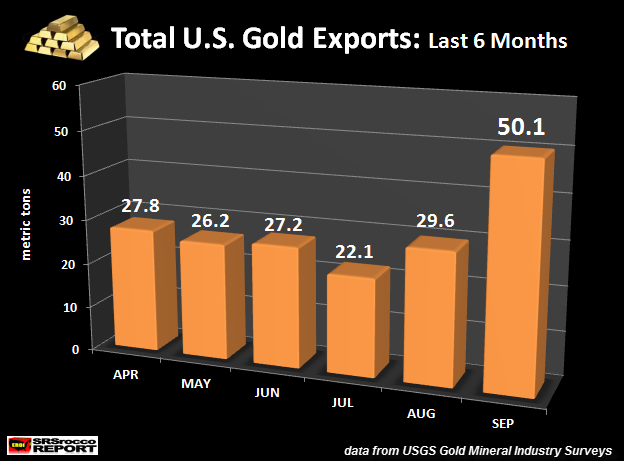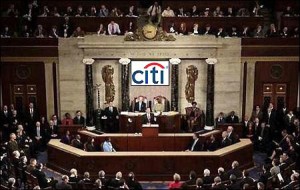 Russians have seen the writing on the wall and they know that they’re economy and currency are in serious trouble. Though the Russian central bank has pledged to protect and stabilize the Ruble, which has collapsed by nearly 50% versus the dollar in the last several months, people aren’t taking any chances.
Russians have seen the writing on the wall and they know that they’re economy and currency are in serious trouble. Though the Russian central bank has pledged to protect and stabilize the Ruble, which has collapsed by nearly 50% versus the dollar in the last several months, people aren’t taking any chances.
It’s a scenario we’ve seen repeated throughout history when a nation’s currency was threatened with destruction and it’s one we may soon witness in America should confidence in the dollar as the world’s reserve currency ever be lost.
This is what a currency collapse looks like:
‘It is a real panic,’ said Kirill Rogov, an independent political and economic analyst who is often critical of the Putin administration. ‘The ruble is being devalued by 5 or 6 percent every day, and nobody knows how to stop it.’
The ruble has lost 50 percent of its value since the beginning of the year. Russian consumers afraid of losing their savings, as happened in a financial crisis in 1998, flooded stores, rushing to dump rubles that seemed to shrink in worth by the minute.
Source: New York Times
–
‘I don’t need this car,’ he said with a shrug. He already owns two Porsches and a Land Rover. But, he figured the prices will soon go up and the ruble will probably go down. ‘We are headed for a crisis,’ he said.
…
Electronics stores were packed late into the evening as shoppers scooped up iPhones and iPads at prices over $100 lower than what they cost in the United States. Apple’s Russian website halted online sales ‘due to extreme fluctuations in the value of the ruble… while we review pricing.’
This post was published at shtfplan on December 17th, 2014.

























 Follow on Twitter
Follow on Twitter
Recent Comments